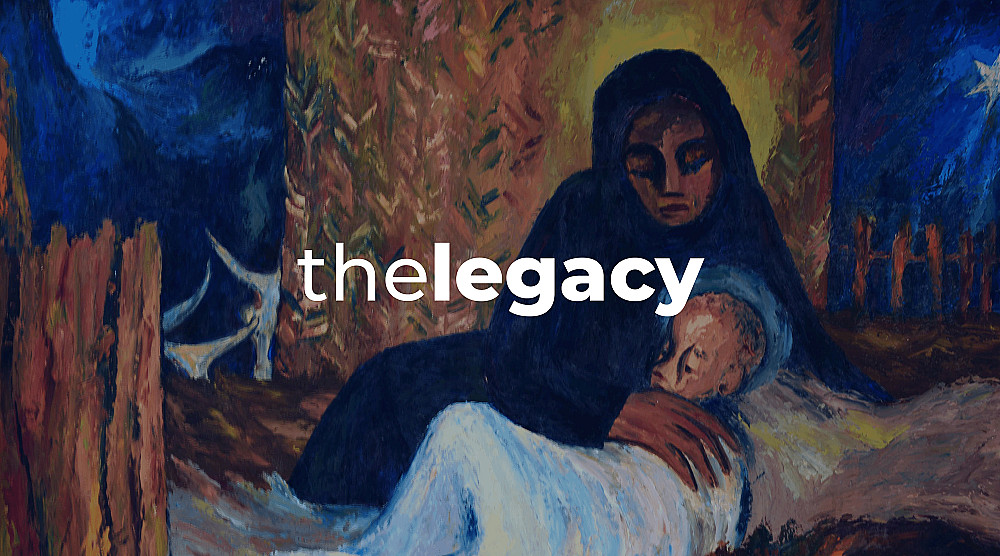The Pedagogical Legacy of Uche Okeke

Published 25 September 2025 in The Legacy
Uche Okeke Legacy Editorial
Beyond the Artist, the Architect of African Art Education
Uche Okeke was not only a visionary artist, but a builder of systems, ideas, schools, and futures. His real masterpiece may be the movement he nurtured through his students, institutions, and reforms. Through his lifelong commitment to indigenous knowledge mentorship, and decolonized education, Okeke’s legacy lives on far beyond his drawings. His principles have helped shape Nigerian art education and modern African aesthetics.
Start with Culture: Teach What You Know
One of Okeke’s most lasting contributions was his insistence that African students be taught from their own traditions. He centered the Uli and Nsibidi visual systems in the university curriculum, not as heritage to be admired, but as tools for creative and intellectual inquiry. A shift that established African forms not as “craft,” but as a modern design language, relevant to contemporary expression.
“Art is most meaningful when it grows from the soil in which it stands.” - Uche Okeke, Art in Development (1982)
Uche Okeke, Ulo Mbari (Mbari temple) - Ala earth mother and her people, 1966, UOL Collection
Decolonize the Curriculum: Build Knowledge Systems, Not Syllabi
When Okeke took leadership at the University of Nigeria, Nsukka in 1971, he redesigned the Fine and Applied Arts curriculum from the ground up. Instead of following colonial British models, he created a system rooted in African philosophies and visual histories. He also helped shape the (West African Examinations Council) art syllabus, influencing art education nationally. This act of decolonization served as the intellectual framework for the Nsukka School.
Postcolonial Modernism – Chika Okeke-Agulu (2015)
Teaching as Movement-Building
Okeke was a mentor to future cultural leaders: El Anatsui, Obiora Udechukwu, Chike Aniakor, and many others. He taught his students to draw from their own histories - not his. That lesson birthed what we now call the Nsukka School, a legacy of artists who remain globally influential.
“Okeke’s legacy is not a style. It’s a way of seeing.” - Chika Okeke-Agulu, Nka Journal (1997)
Listen here: Coffee & Uche Okeke - On Mentorship
El Anatsui, The Blood of your Swear, Wood Carving, 17.1 x 17.1 inches, Asele Institute Collection
Preserve While You Teach
Okeke didn’t wait for institutions to be built - he built them himself. In 1958, he founded the Asele Institute, one of Nigeria’s first independent art centers. It houses archives, drawings, and research - preserving what the classroom cannot.
Asele is a key part of his legacy: an ecosystem for learning, reflection, and preservation.
Asele Institute – Uche Okeke Legacy
The Line Must Continue
Okeke’s Uli lines represent a philosophy of the ongoing cultural movement. To him, teaching was a generational act: each line carried forward memory, knowledge, and vision. Uche Okeke’s legacy is not just in what he created but in what he built. A curriculum. A movement. An institution. A living archive.
Each lesson is a line drawn forward, one that connects artists, educators, and cultural thinkers.
Kaego ‘Ego’ Uche-Okeke, Untitled, Linoprint, 15 x 11.5 inches
Read more about the man, his work and the legacy here.
Listen to the latest episode of Coffee & Uche Okeke where Salma Uche-Okeke explores Art, Legacy, and the Power of Community with renowned Nigerian artist Ato Arinze here.
